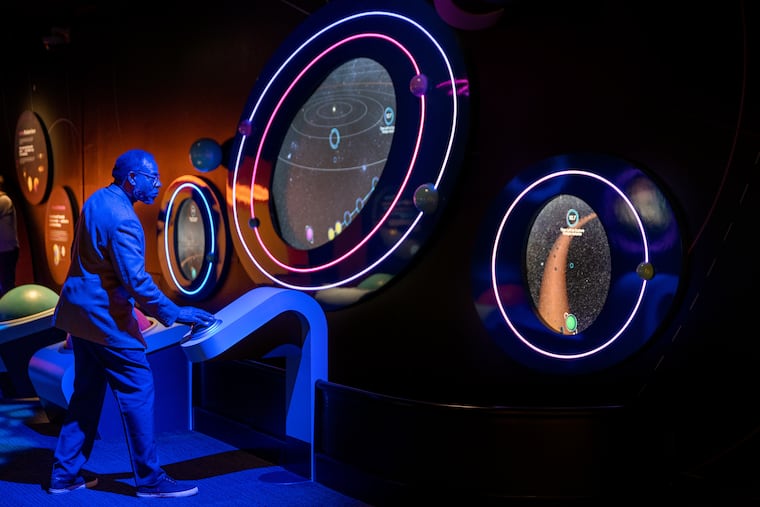Franklin Institute unveils its new $8.5 million exhibit, ‘Wondrous Space,’ and a new logo
The exhibit is the first of six new permanent exhibits coming to the Franklin through 2024.

The exhibit is the first of six new permanent exhibits coming to the Franklin through 2024.
